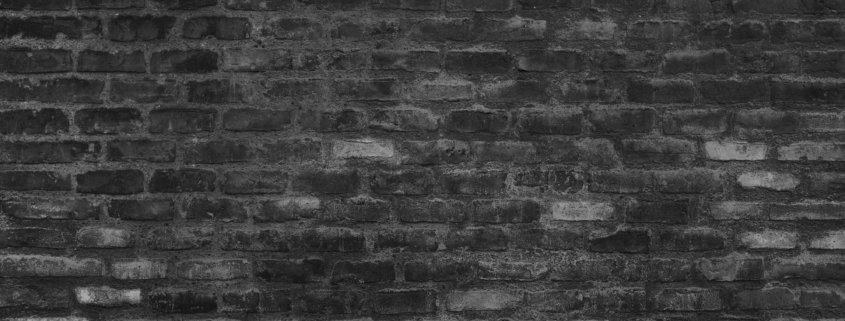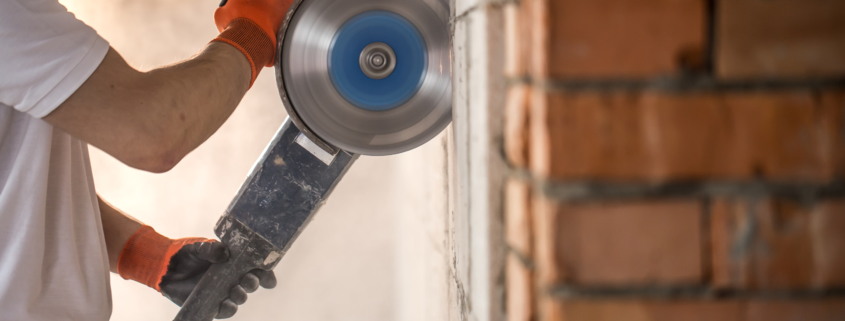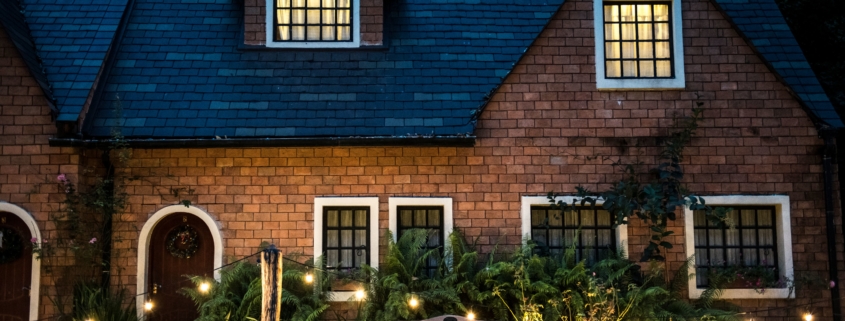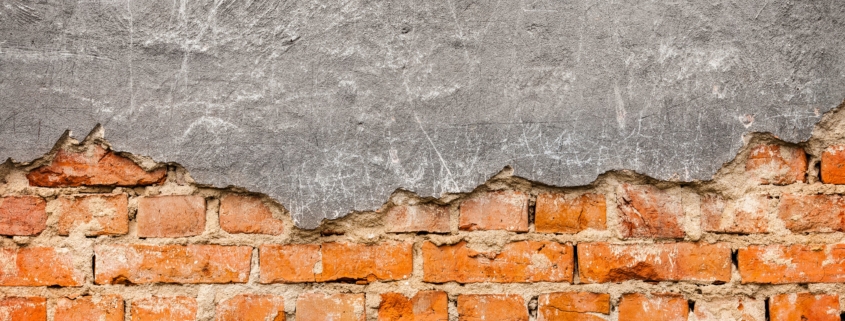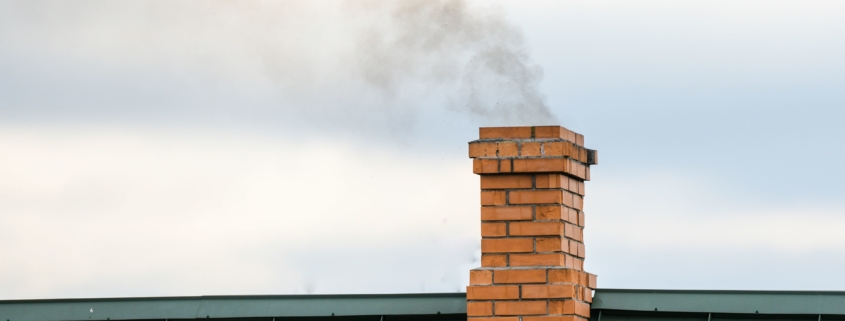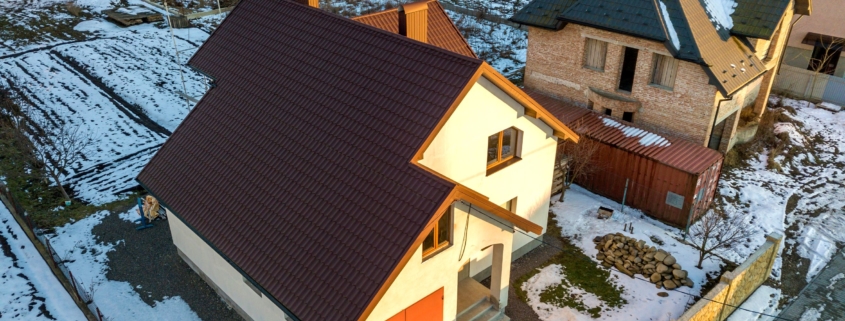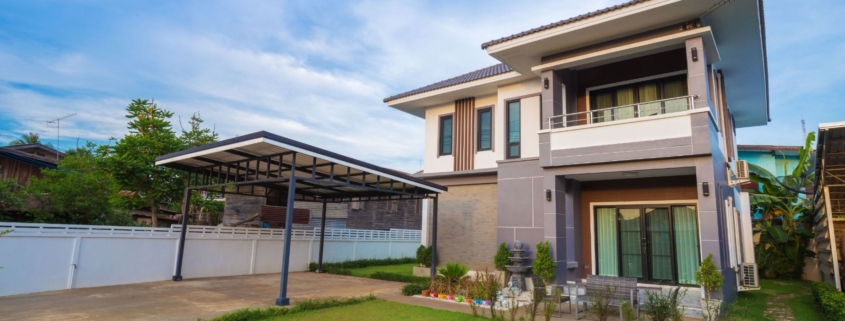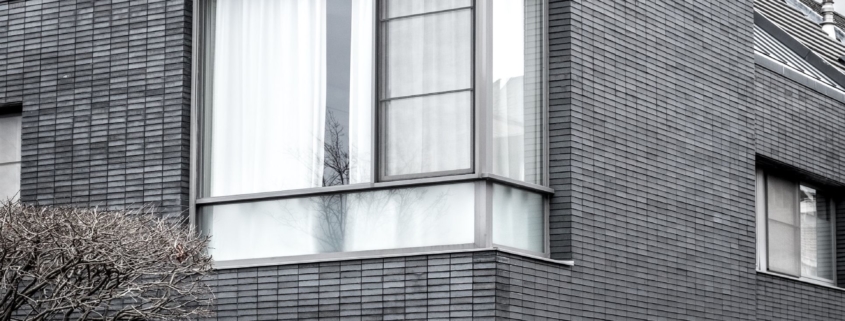Did you know that there are many perks and benefits that come with installing outdoor brick walls and structures? They essentially enhance the aesthetic beauty and increase the value of your property, and they are also durable, easy to maintain, and long-lasting. However, they need to be properly taken care of, as they can be subject to wear and tear over time. One way to take care of your brick construction is through tuckpointing.
In this article, we will share what you need to know about tuckpointing and see how this service will benefit your brick structure.
What is tuckpointing?
For the uninitiated, tuckpointing involves fixing the damaged mortar joints between bricks. The process typically involves removing the failing mortar and replacing it with a new, strong mortar to reinforce the deteriorated joints. In some cases, the tuckpointing process includes doing the complete wall, spot repairs, or step cracks. Ultimately, it must be carried out by a professional masonry contractor, such as those from Red Robin Masonry!
Why is tuckpointing important?
If you’re wondering why tuckpointing is important, here are four main reasons for it:
- Weather protection: One of the primary reasons you need to get tuckpointing is to protect your brick structures from the changing weather conditions and the harsh outdoor elements. Once your walls are cracked, crumbled, or damaged, it’s easy for your bricks to get even worse over time.
- Aesthetic maintenance: If you want your brick walls or structures to maintain their good looks, tuckpointing will do that for you. The last thing you’ll want to have is a brick construction that’s unsightly due to deterioration.
- Functional purpose: If you want to ensure your brick structures’ structural integrity, tuckpointing will work wonders on them. By doing so, you can expect your bricks to become more stable than ever.
- Longer lifespan: If you want your brick structure to last longer than usual, you will need to get a tuckpointing service to ensure its stability and structural integrity amid constant exposure to harsh outdoor elements.
When will your brick require tuckpointing?
You may be asking yourself when you must consider tuckpointing for your brick structure. Fret not, as this is straightforward and relatively easy to find out. All it takes is to look at your mortar around the different parts of your brick structure!
If you notice some cracks, crumbles, or holes, you will need to get a tuckpointing service. Keep in mind that holes, cracking, and crumbling are all an indication of long-term decay. Not only are they distracting to look at, but they can also compromise the structural integrity of your property. For this reason, calling masonry professionals becomes imperative.
Here at Red Robin Masonry, our masonry services have guaranteed quality with a full warranty carried out by our expert professionals. When it comes to tuckpointing, we have extensive knowledge to know the best type of mortar to use in every situation!
Conclusion
At this point, you now know what tuckpointing is and why it’s important for your brick structures. As such, be sure to check your brick structures regularly and see if you need this service. Most importantly, it’s best to work with a highly reliable masonry contractor to address the mortar issues and keep your brick construction in top shape and condition!
Are you looking for reliable tuckpointing experts for your brick construction? We’ve got you covered! As a leading masonry company in Toronto, we specialize in masonry services, such as tuckpointing, parging, brick repair, chimney and fireplace installation, stonework, and concrete and foundation construction. If you’re looking for masonry contractors, get in touch with us today or request a quote now!

